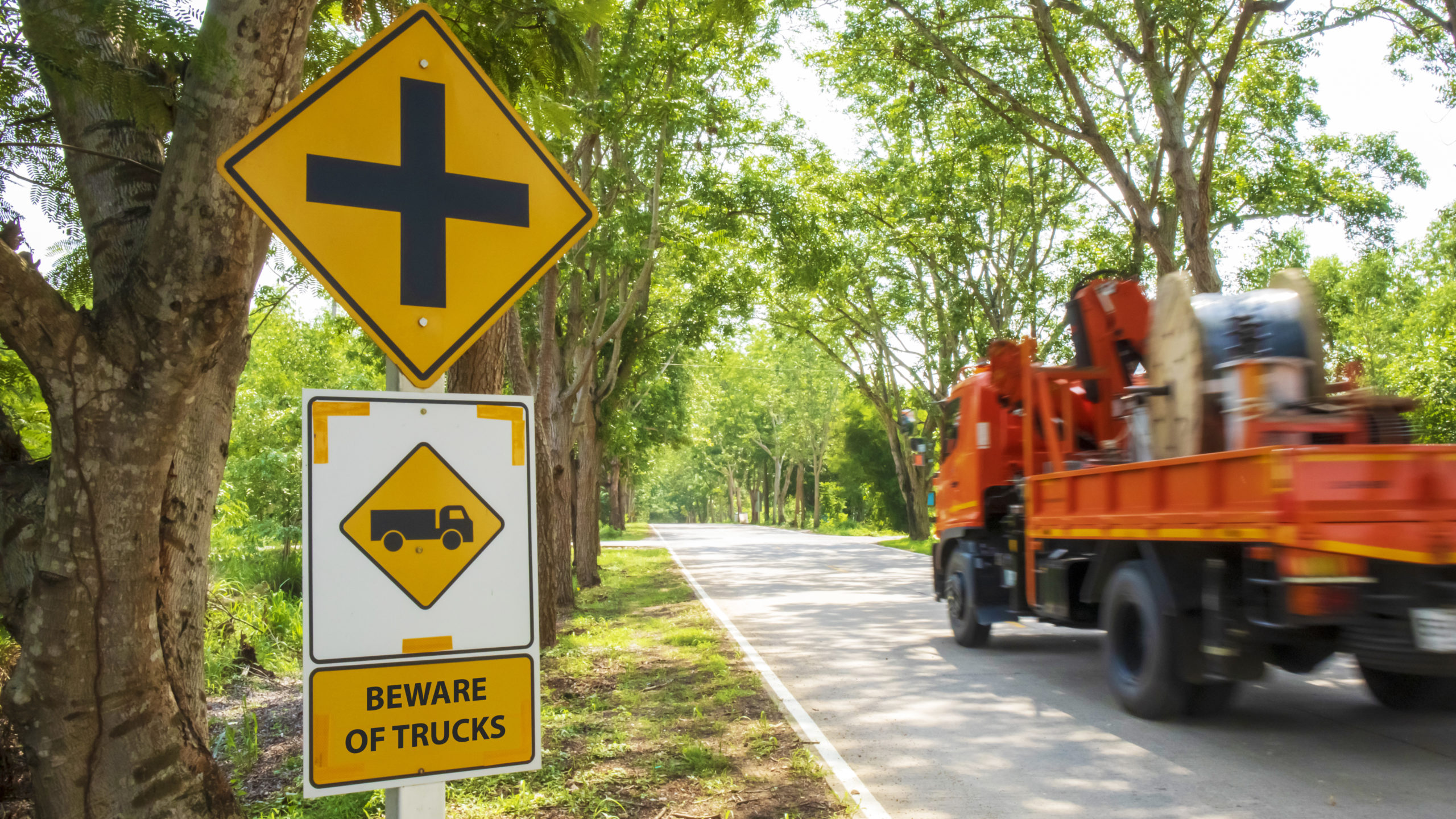Large Trucks Account for a Third of Fatal Crashes in Work Zones
The Federal Motor Carrier Safety Administration (FMCSA) recently published a report concerning the role that large trucks play when traveling through work zones. In conjunction with National Work Zone Awareness Week, which took place April 26-30 this year, the FMCSA is specifically focusing on the number of large trucks involved in fatal crashes within work zones.










